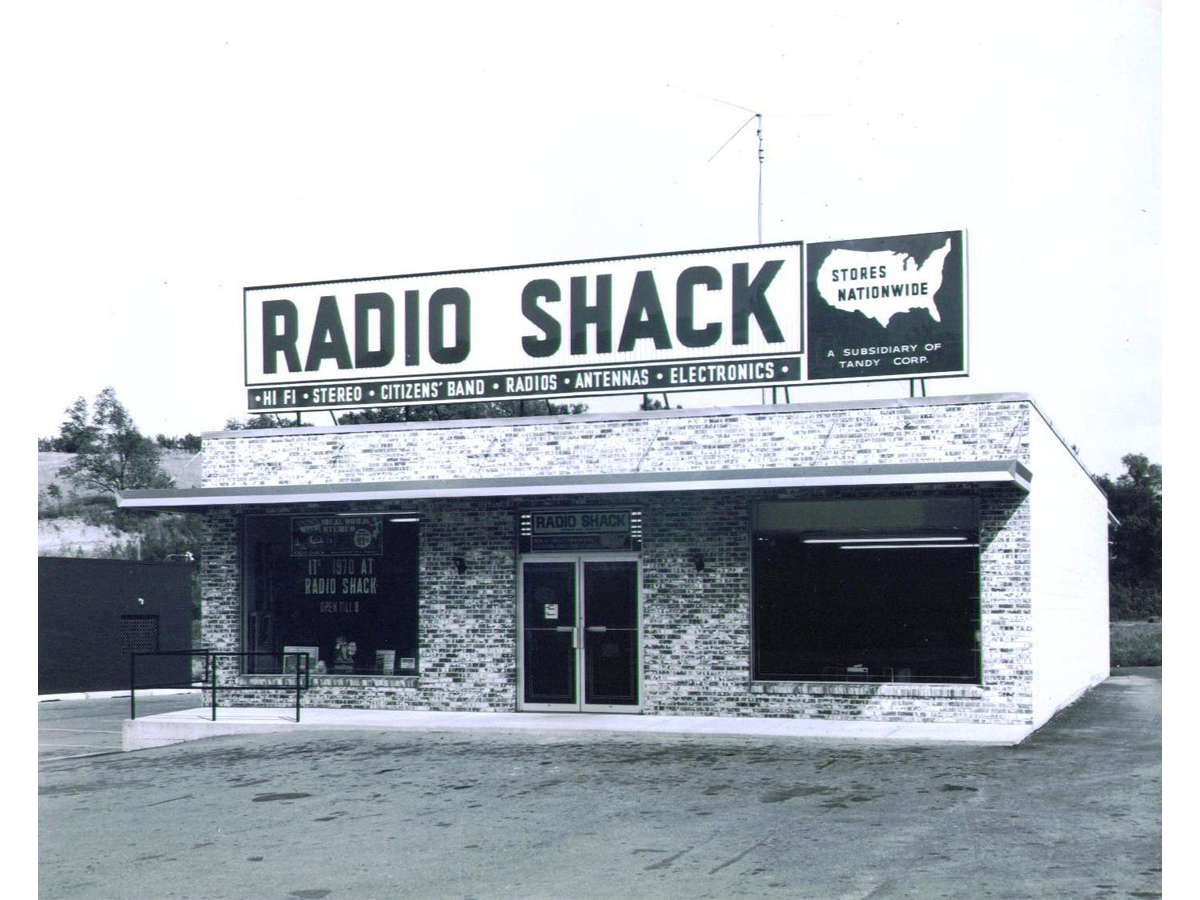
RadioShack began in 1921 as a Boston ham radio shop and mail-order operation and was acquired in 1963 by one-time Texas leather supplier Tandy, which later assumed the retailer’s name.
Based on 2013 sales according to TWICE’s Top 100 CE Retailers ranking, the company was the nation’s eighth largest CE dealer but faced a clouded future. Joe Magnacca, then the latest in a succession of CEOs, moved quickly in his first year to build a new management team and implement a turnaround plan that would refresh the chain’s stodgy image with edgy marketing, a store redesign and a revamped product assortment.
But following a disastrous holiday season in 2013 the company looked to shutter as much as a quarter of its 4,300 stores in order to buy enough time for the turnaround strategy to take hold. That plan was quashed by creditors and the death watch was on.
Here’s a brief look at important dates and milestones for RadioShack across the past century…
1919: Two friends start the Hinckley-Tandy Leather Company in Fort Worth, Texas, supplying leather shoe parts and supplies to repair shops.
1921: Two brothers open the first “Radio Shack” in Boston. The small retail and mail-order business supplied ship radio equipment and “ham” radios, and was named for the small wooden structure onboard ships that housed the radio equipment.
1947: Radio Shack opens the first audio showroom to feature speakers, amplifiers, turntables and phonograph cartridges. Also that year, Charles D. Tandy joins the family business and would soon begin to chart a new direction for the company’s expansion.
1963: Tandy acquires Radio Shack
1972: Sells its first all-electronic calculator.
1977: Radio Shack introduces the first mass-marketed, fully assembled personal computer, the TRS-80, with an operating system built by Bill Gates.
1981: John Roach named CEO.
1984: Radio Shack sells its first mobile phone.
1985: Begins selling satellite TV systems and service.
1992: Launches Incredible Universe, its doomed big-box chain.
1999: Fast-food veteran Len Roberts named CEO; develops cellular, Internet and satellite subscription services and branded in-store shops.
2000: Tandy changes its name to RadioShack, drops private-label Realistic and Optimus brands
2004: Launches in-store wireless kiosk service for big-box retailers.
2006: Roberts’ successor David Edmondson resigns for misstating college background. Replaced by longtime McDonald’s exec Claire Babrowski, who in turn is succeeded by Kmart veteran Julian Day, a turnaround specialist known for aggressive cost-cutting.
2011: Verizon rejoins RadioShack’s wireless ranks, adding to its over-reliance on cellular. Day retires, succeeded by president/chief financial officer Jim Gooch.
2012: Gooch resigns amid mounting losses, succeeded by chief financial officer Dorvin Lively as acting CEO.
2013: Walgreens exec Joe Magnacca named CEO; develops turnaround plan that includes new store design, re-merchandised assortment and fresh marketing.
2014: Chain mounts a notable comeback campaign during Super Bowl XLVIII that pokes fun at its stodgy image, but sales remain soft and losses widen. Repeated requests by Magnacca to close 1,100 underperforming stores are nixed by term lender Salus.
2015: Company receives second default notice from Salus following poor holiday season; trading suspended on New York Stock Exchange; files for Chapter 11 bankruptcy protection











